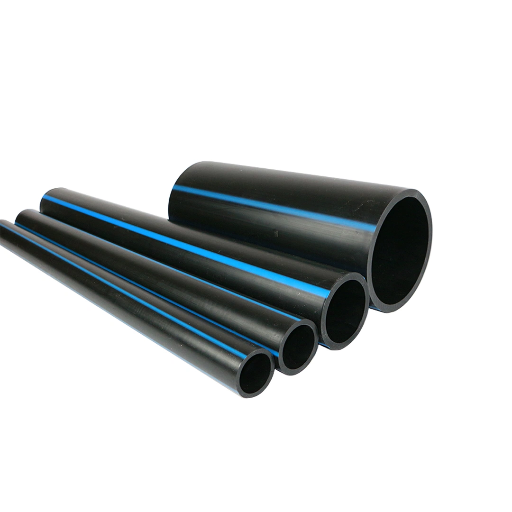HDPE Electrofusion Fittings
Home » HDPE Pipe Fittings » HDPE Electrofusion Fittings
Welcome to our HDPE Electrofusion Fittings page. Here, you will find comprehensive information about the various types of Electrofusion Fittings we offer. Our high-quality Electrofusion Fittings are designed to ensure secure and efficient connections for your HDPE piping systems. Explore our range of products to find the perfect fit for your specific application needs.
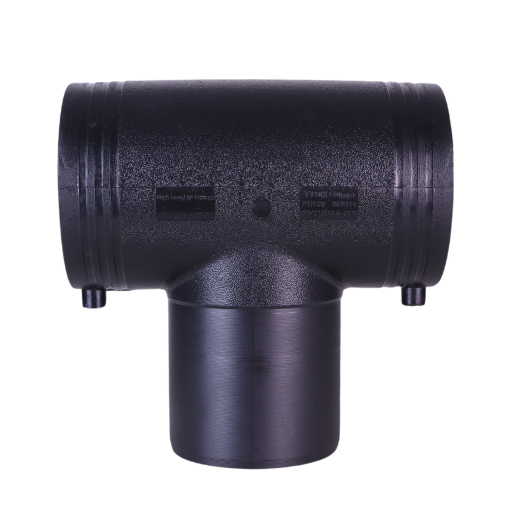
Electrofusion Equal Tee
Provides a secure and reliable connection for branching HDPE pipes of the same diameter.
- Water Supply
- Gas Distribution
- Industrial Piping
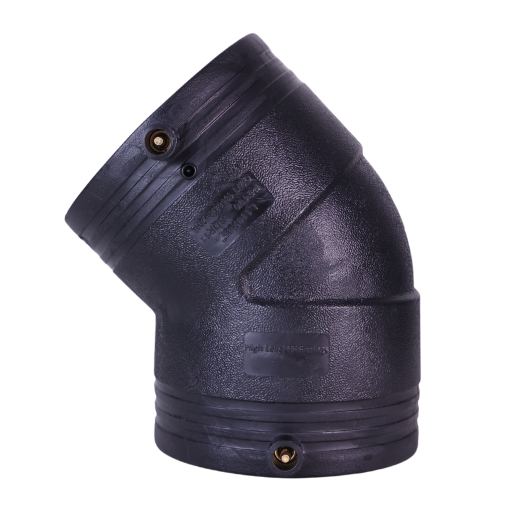
Electrofusion 45° Elbow
Facilitates a smooth 45-degree turn in HDPE piping systems.
- Non-toxic and corrosion-resistant
- Easy installation and long-lasting
- Leak-proof connections

Electrofusion 90° Elbow
Facilitates a smooth 90-degree turn in HDPE piping systems.
- Non-toxic and corrosion-resistant
- Easy installation and long-lasting
- Leak-proof connections
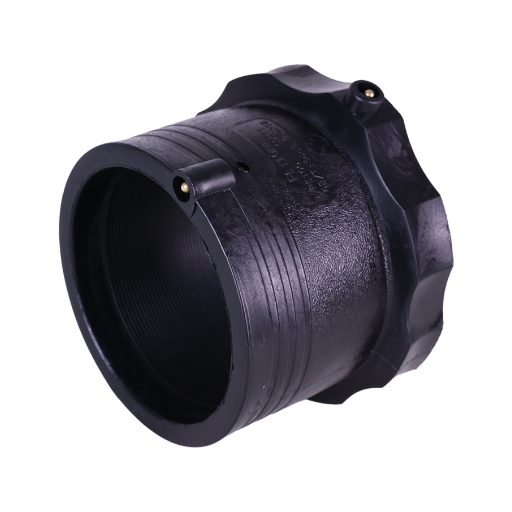
Electrofusion Flange
Connects HDPE pipes to metal pipes or fittings, providing a strong and secure joint.
- Industrial and Chemical Pipelines
- Water Treatment Systems
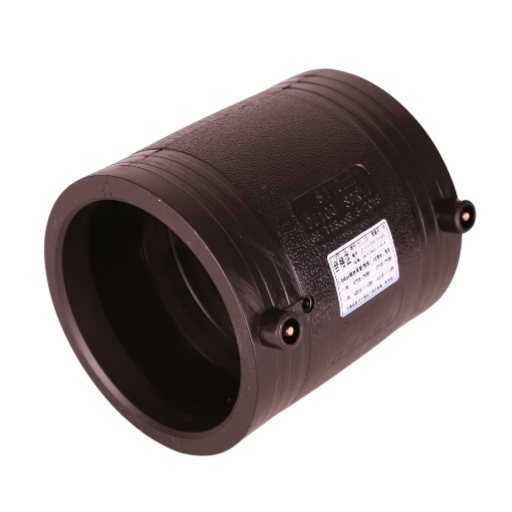
Electrofusion Coupler
Joins two HDPE pipes of the same diameter securely and efficiently.
- Water Supply
- Gas Distribution
- Industrial Piping
Why Choose Our HDPE Electrofusion Fittings?
- Durability: These fittings are made from high-quality HDPE material and assure excellent resistance to impact, corrosion and environmental stress.
- Ease of Installation: The electrofusion process is characterized by the use of minimal machinery and simple processes which make it easy to obtain instant joints that are also dependable.
- Environmental Considerations: In this regard, HDPE is a recyclable material that is considered environmentally friendly.
- Quality Assurance: Each fitting undergoes many tests and quality controls that ensure it meets the highest standards possible.
- Innovative Design:Our HDPE electrofusion fittings come with some designs, including innovative features that improve their performance even more.
Technical Details
Material: High-Density Polyethylene (HDPE)
Density: 0.941 – 0.965 g/cm³
Melt Index: 0.2 – 1.2 g/10 min (ASTM D1238)
Tensile Strength: 25 – 35 MPa
Elongation at Break: ≥600%
Flexural Modulus: 800 – 1000 MPa
Hardness (Shore D): 60 – 70
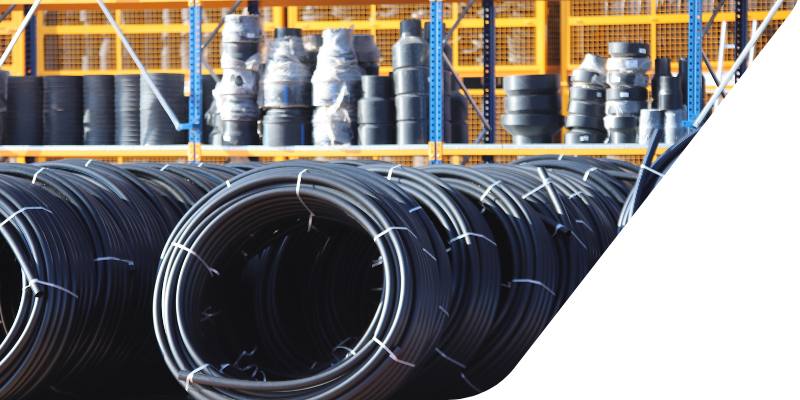
High-density polyethylene (HDPE) electrofusion fittings are considered trustworthy for creating secure and efficient pipe connections in pipe and fluid management. This article aims to completely understand HDPE electrofusion fittings by discussing their design, installation procedures, advantages, and typical applications.
Pipe Fittings Related Articles

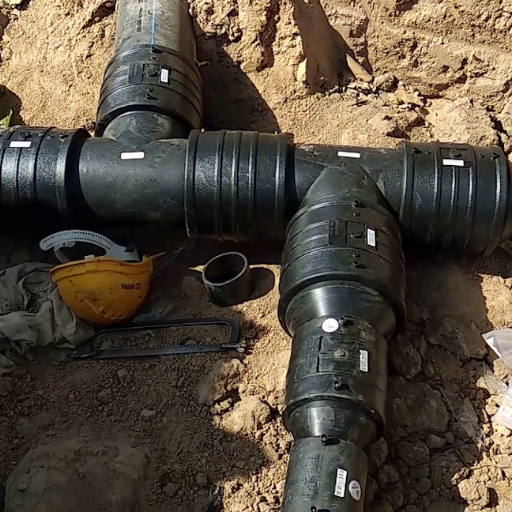
The Question
Common FAQ
Don’t hesitate to contact us whenever you need any further clarification. Our team of committed experts is always there for support and guidance. We are here for you, whether you require assistance in translating something or have some inquiries about our services or even if you would like to tell us what you think about them.
Q: What is an HDPE electrofusion fitting?
A: An HDPE electrofusion fitting is a pipe fitting used to join high-density polyethylene (HDPE) pipes using an electrofusion process. These fittings include couplers, tee joints, elbows, and branch saddles and are designed to create solid and leak-proof connections.
Q: How does the electrofusion process work?
A: The electrofusion process involves using an electrofusion processor to apply an electric current to the integrated heating elements within the HDPE fitting. This current generates heat, melting the inside of the fitting and the outside of the pipe, creating a robust and permanent joint as the material cools and solidifies.
Q: What types of HDPE electrofusion fittings are available?
A: A wide range of electrofusion fittings is available, including couplers, elbows, equal tees, reducing tees, and branch saddles. These fittings accommodate various pipe sizes and configurations, ensuring a versatile solution for different piping systems.
Q: What are the benefits of using HDPE electrofusion pipe fittings?
A: HDPE electrofusion pipe fittings offer several benefits, including leak-proof joints, resistance to corrosion and chemicals, flexibility in installation, and the ability to handle high-pressure applications. These advantages make them suitable for water, gas, and industrial piping systems.
Q: What is an HDPE electrofusion reducer?
A: An HDPE electrofusion reducer is a type of fitting used to connect two different-sized HDPE pipes. It ensures a seamless transition between varying pipe diameters while maintaining the integrity and strength of the joint.
Q: How do I choose the right size coupler for my HDPE pipes?
A: To choose the right size coupler for your HDPE pipes, you need to match the diameter of the coupler fittings with the outer diameter of the pipes you intend to join. It’s essential to refer to the manufacturer’s size range of electrofusion fittings to ensure compatibility and proper fit.
Q: Can HDPE electrofusion fittings be used for gas line installations?
A: Yes, HDPE electrofusion fittings are commonly used in gas line installations due to their high durability, leak-proof connections, and corrosion resistance. They provide a reliable and safe solution for transporting gas.
Q: What is an electrofusion equal tee?
A: An electrofusion equal tee is a type of HDPE fitting used to create a three-way junction in a piping system. It allows for branching off a main HDPE pipe at a 90-degree angle with three equal-sized outlets, facilitating the distribution of fluids or gases.

